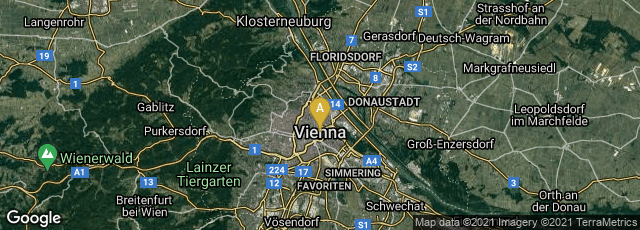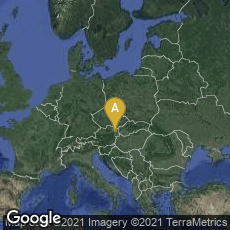In 1894 G. Fritz, Vice-Director of the K. K. Hof-und Staatsdruckerei in Vienna, published a modestly-produced 62-page report on its facilities, with special attention to the methods used to power their production facilities and their new electric lighting system. This report was the first I saw that explained how a large printing plant was powered in the early days of electricity before power grids were built. Steam engines were employed to generate enough energy to light their entire facility with electricity as long as an elaborate switch board system was employed to monitor distribution of electricity throughout the building. At least two steam engines powered all their machines through an unusually elaborate system of cables and belt drives strung over a multi-story building. As a result this publication was as much about managing energy as operating an industrial printing facility. The unusually elaborate system of cables driving machinery on different floors of the building seems from the persective of the 21st century to have a
Rube Goldberg quality.
The electrical lighting system must have been very innovative for the time since Fritz reproduced schematic drawings of the new system at the back of the book.
Fritz,
Die K. K. Hof-und Staatsdruckerie und deren technischen Einrichtungen (Vienna, 1894).

